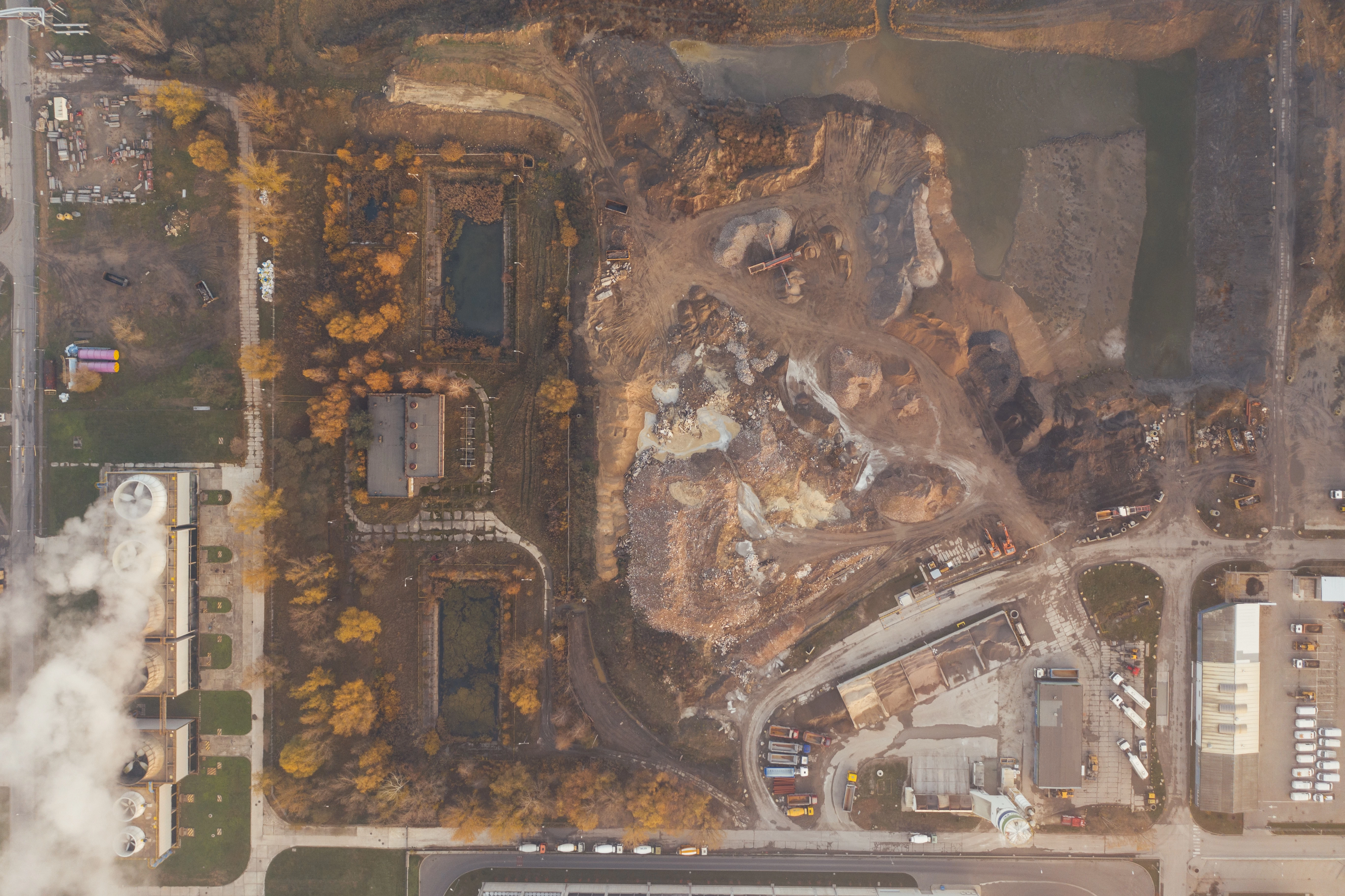
Partner Article
Forget Chatbots and Marketing Copy, We Need to Use Generative AI to Solve Carbon Markets
By Josh Gilbert
With the advent of Generative AI, we are witnessing the fastest adoption of any technology in human history. In this op-ed, we discuss the powerful ways that Generative AI can increase trust in climate solutions such as carbon markets and creating a more sustainable and equitable future.
AI-driven large language models (LLMs) are facilitating a once-in-a-generation technology shift, but instead of using AI to change the world, we’re obsessed with building chatbots, memes and marketing copy. We could be trying to change the world, we’re actually making it worse. New research suggests training for GPT-3 alone consumed 185,000 gallons (700,000 liters) of water.
To move humanity forward, we must have a long-termist focus in our use of AI and focus on the biggest issues facing humanity. Climate change is one such challenge where AI can be utilized to make meaningful progress in averting the potential worst-case scenarios.
For example, Voluntary carbon markets (VCMs)are a powerful but flawed mechanism for building climate resilience. VCMs enable individuals, organizations, and companies to purchase and trade carbon credits to offset greenhouse gas emissions and support environmental projects.
Crucially, VCMs direct large sums of private capital towards vital climate action projects. The Paris Agreement calls for developed countries to provide $100 billion in annual climate finance to developing countries. However, public financing lags so far behind what has been promised, and VCMs can potentially help to bridge this gap. By investing in projects that support afforestation, reforestation, and revegetation, private finance can accelerate the transition to a low-carbon economy and stimulate sustainable growth and natural capital management in developing countries.
But in reality, there are severe data quality issues hindering voluntary carbon markets. Despite the potential of VCMs, recent reporting by the Guardian says 90% of rainforest carbon offsets by Verra, the world’s biggest offset certifier, are worthless. The issue of ‘phantom credits’, which promise to remove or avoid tonnes of CO2 emissions in the atmosphere but do not deliver, is further compounded by climate-related events destroying offset sequestration potential. For example, in 2022 wildfires in California destroyed almost all forest carbon offsets in a 100-year reserve (FT).
Generative AI can help address challenges in designing climate-resilient carbon offset strategies. Current modeling approaches of future climate events (Global Circulation Models, or GCMs) lack the granularity to zoom in and accurately assess how forests will change. Additionally, many of these models rely heavily on data from 1980-2010, rather than the most recent, relevant data. AI-modeling approaches can improve the resolution and accuracy of these models, enabling analysts to better quantify future risks to forests and their carbon sequestration potential. This allows carbon project developers to make informed decisions about project site selection and also to plan and implement forest adaptation measures.
Many carbon projects are located in forest-rich nations in the Global South. Forecasting climate risk in many of these regions is more difficult because traditional methods for correcting climate model simulations rely on high quality observational data collected over many years. This data tends to be limited in these countries, reducing the quality of forecasts in these regions compared with developed countries.
AI can more flexibly learn how to correct simulated data based on observations from data-rich regions and apply those learned relationships to data-poor regions. It therefore serves as a bridge to close the climate data gap in developing nations, enhancing climate resilience planning through more precise and reliable forecasts for both carbon project developers and local communities.
As wildfires, droughts, and floods become more frequent and intense due to climate change, it is essential to have accurate and reliable data to make informed decisions. By prioritizing the use of Generative AI in these critical applications, we can ensure that new innovations such as the VCM offer credible and effective solutions in the fight against climate change.
The current exponential growth in use and use-cases of automated language applications shows the power of this technology set, now we must apply it to the most pressing issues of our time. By furthering applications of Generative AI in the sciences and important areas like climate modeling, we can drive meaningful progress towards a more sustainable future for all.
This was posted in Bdaily's Members' News section by Sust Global .
Enjoy the read? Get Bdaily delivered.
Sign up to receive our popular morning London email for free.








 A year of growth, collaboration and impact
A year of growth, collaboration and impact
 2000 reasons for North East business positivity
2000 reasons for North East business positivity
 How to make your growth strategy deliver in 2026
How to make your growth strategy deliver in 2026
 Powering a new wave of regional screen indies
Powering a new wave of regional screen indies
 A new year and a new outlook for property scene
A new year and a new outlook for property scene
 Zero per cent - but maximum brand exposure
Zero per cent - but maximum brand exposure
 We don’t talk about money stress enough
We don’t talk about money stress enough
 A year of resilience, growth and collaboration
A year of resilience, growth and collaboration
 Apprenticeships: Lower standards risk safety
Apprenticeships: Lower standards risk safety
 Keeping it reel: Creating video in an authenticity era
Keeping it reel: Creating video in an authenticity era
 Budget: Creating a more vibrant market economy
Budget: Creating a more vibrant market economy
 Celebrating excellence and community support
Celebrating excellence and community support